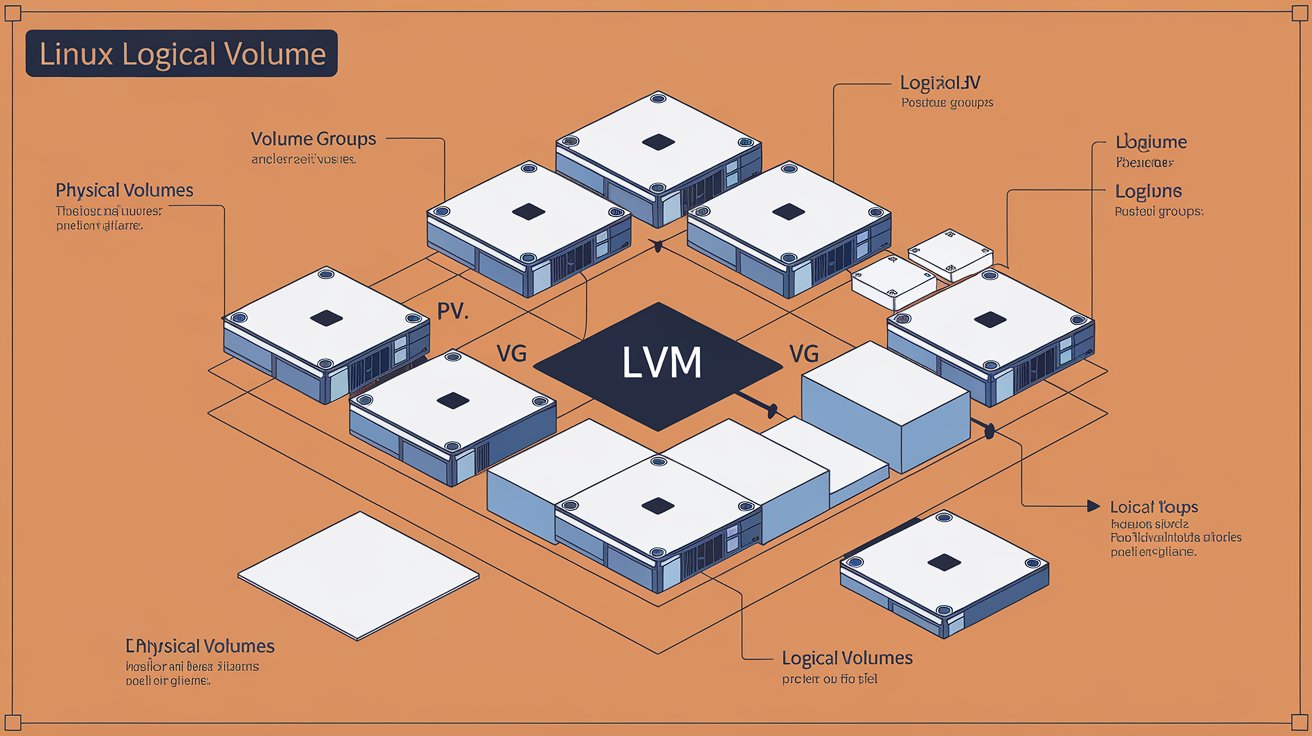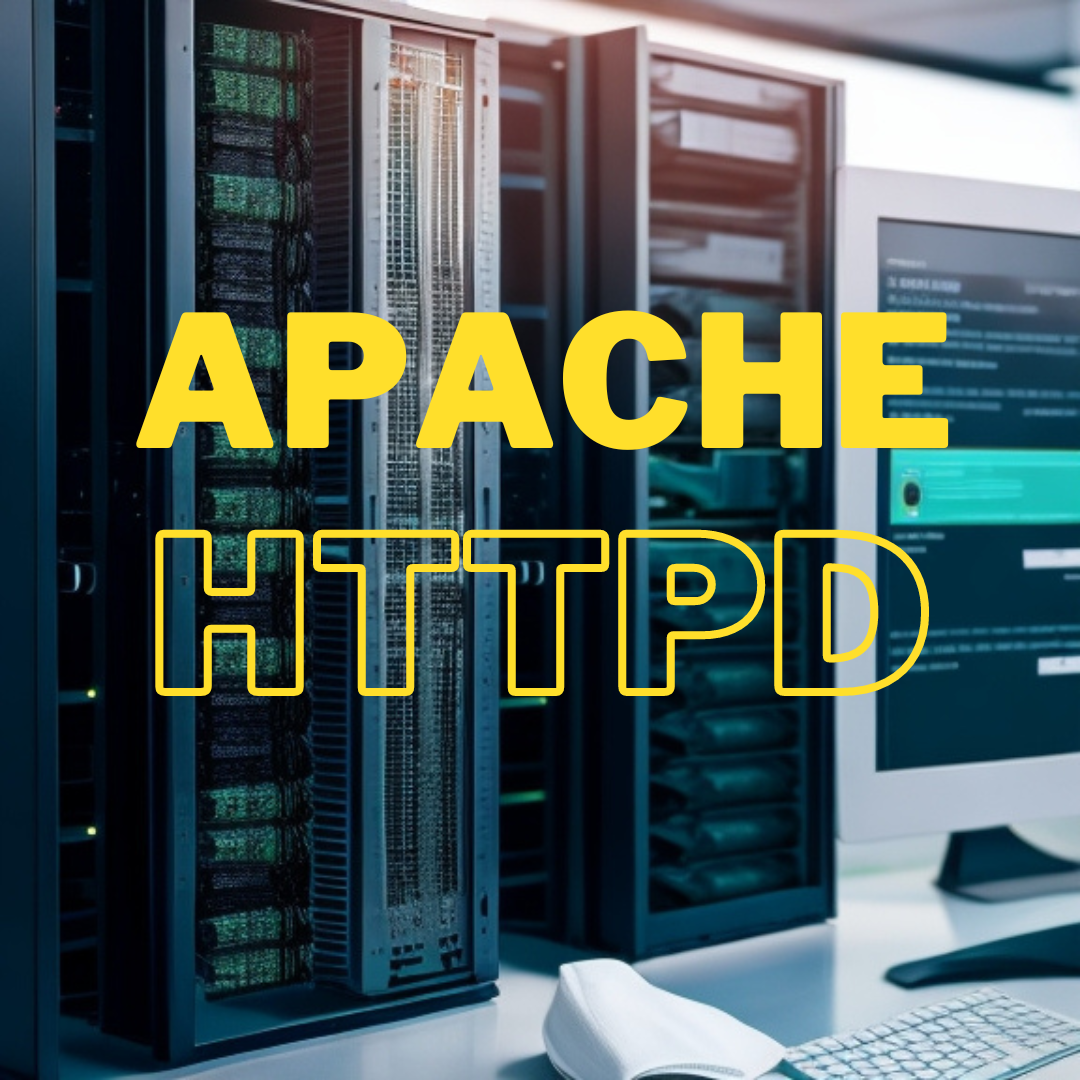Tag / How To
-
The Complete Guide to SELinux Administration
Introduction to SELinux Security-Enhanced Linux (SELinux) is an advanced access control mechanism built into the Linux kernel. Unlike traditional Unix permissions, SELinux implements Mandatory Access Control (MAC), allowing fine-grained control over system…
-
Complete Guide to LVM Administration in Linux: From Basics to Advanced Usage
Logical Volume Manager (LVM) is a device mapper framework that provides logical volume management for the Linux kernel. This comprehensive guide covers everything from basic concepts to advanced LVM administration tasks, complete…
-
How to use Crontab: Scheduling Tasks on Linux
Using Crontab: Scheduling Tasks on Linux
-
How To Work With SSH Keys
SSH (Secure Shell) Protocol works in Server-Client model. An encryption is used to secure the communication in between both the client and the server. SSH provides an alternate option to the password…
-
Unleashing the Power: Mastering Linux Tar Utility Commands
Introduction: The Linux Tar utility is an indispensable tool for creating, extracting, and manipulating archived files in the TAR format. These archives are widely used in the Linux community for bundling and…
-
How to use Find Command in Linux: A Comprehensive Guide with Examples
When it comes to efficiently searching for files and directories in the Linux operating system, the “find” command is an indispensable tool. This powerful command allows you to locate files based on…
-
Log Management with Logrotate Command
Log files are an integral part of Linux systems, providing valuable insights for monitoring and troubleshooting. However, over time, log files can grow exponentially, occupying excessive disk space. To address this issue,…
-
How Install Apache HTTP Server Manually in Linux
In this post we will learn about how to manually install Apache HTTP Server (httpd) from the source tarball file and set up a custom site project, follow this step-by-step guide: Step…
-
Troubleshooting RPM Database Issues
The RPM (Red Hat Package Manager) database is a vital component of RPM-based Linux systems like CentOS, Fedora, and Red Hat. It keeps track of installed packages, their files, and metadata. However,…
-
How to resolve YUM Dependency Hell
YUM (Yellowdog Updater, Modified) is a widely used package management tool in Linux distributions like CentOS, Fedora, and Red Hat. While YUM simplifies the process of installing and updating software packages, it…









